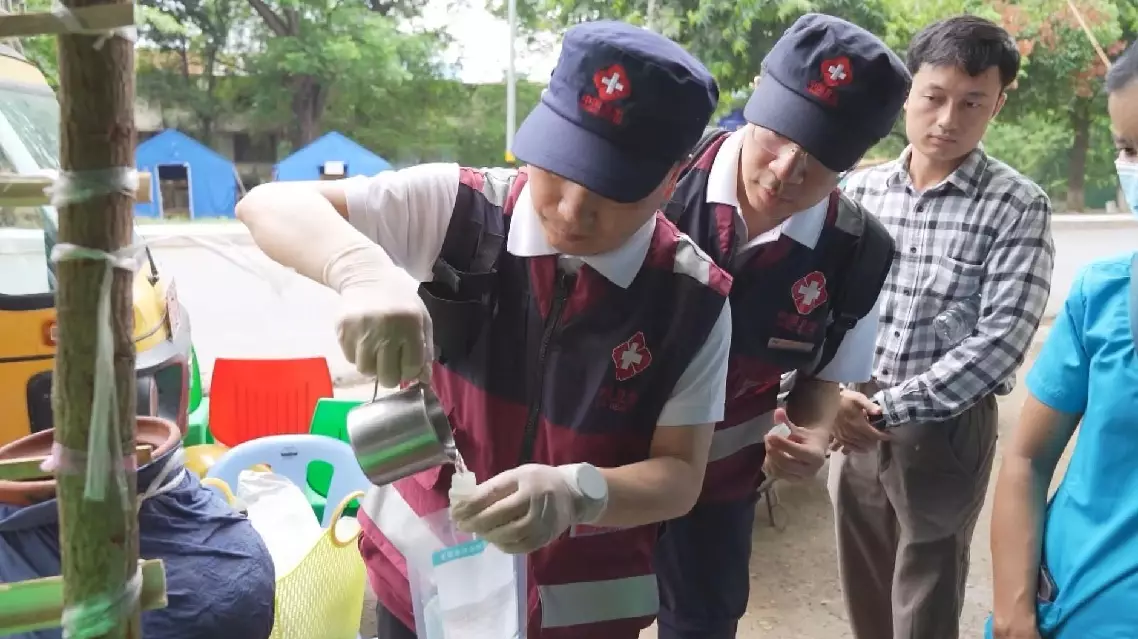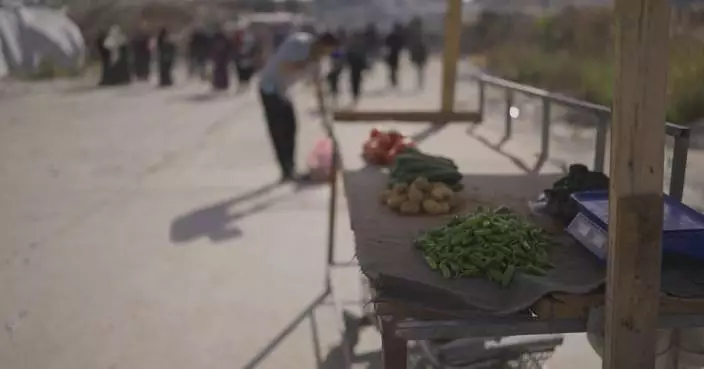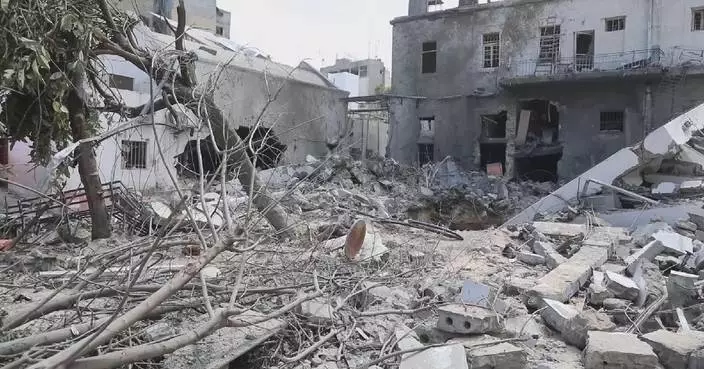More Taiwan compatriots are welcomed to visit filming locations and landmarks featured in popular mainland movies and TV dramas, where they can experience not only the natural beauty but also the shared cultural bond between people across the Strait, said Zhu Fenglian, spokeswoman of the State Council Taiwan Affairs Office at a press conference in Beijing on Wednesday.
The recent mainland blockbusters, such as "Ne Zha 2," along with various high-quality TV dramas, have been drawing attention and gaining increasing popularity among audience in Taiwan.
These productions have led more Taiwan people to visit the mainland, exploring filming locations and settings, immersing themselves in the cinematic culture.
Zhu explained that this trend reflects the cultural similarities and shared identity between people on both sides of the Taiwan Strait. She also encouraged more Taiwan compatriots who enjoy mainland productions to visit these sites showcased in films and TV shows.
"Relevant media platforms launched the 'Travel Mainland with Films' campaign, while Fuzhou and Xiamen recently rolled out initiatives offering Taiwan compatriots free tickets to watch the film 'Ne Zha: The Devil Boy Churns the Sea' via the 'Mini Three Links' routes to coastal Fujian. These efforts have been warmly welcomed and enthusiastically embraced by people in Taiwan. This reflects the strong appeal of mainland's exceptional film and television culture, along with the charm of Chinese culture conveyed through these productions. It also highlights the deep cultural bonds shared between people on both sides of the Strait," said Zhu.
"We welcome more Taiwan compatriots to visit the mainland and explore the settings or filming locations of their favorite mainland movies and TV shows. Whether it's natural landscape or a pastoral site, each destination will offer friends from Taiwan a unique experience, allowing them to discover a 'different mainland'," said Zhu.

Taiwan compatriots welcomed for film-inspired journey on mainland: spokeswoman
A Chinese medical team is intensifying disease prevention efforts in Myanmar's Mandalay, to curb outbreak risks after a 7.9-magnitude earthquake struck the country in March.
Mandalay is among the hardest-hit regions and faces compounding crises including disrupted water supplies, overcrowded shelters, and degraded sanitation systems. Equipped with emergency medical supplies and equipment, the Chinese team with experts from the National Disease Control and Prevention Administration and the Center for Disease Control and Prevention, focuses on mitigating disease risks in quake-affected regions.
The 50-member team has conducted the second round of investigations at four shelter sites in the city. Their work includes mosquito-borne disease surveillance, environmental sampling, disinfection training, and post-disaster mental health support for survivors.
"Our epidemic prevention team has conducted monitoring and assessment of vector-borne organisms at each shelter site, and carried out environmental disinfection based on the monitoring findings to reduce vector density and thus minimize the risk of vector-borne diseases. We have also conducted regular monitoring of drinking water samples and sewage systems to identify signs of waterborne disease outbreaks early, enabling timely and effective intervention," said Chen Lei, deputy director of the National Disease Control and Prevention Administration's emergency response department and leader of the medical team. The Chinese medical tea has established collaboration mechanisms with Mandalay's provincial government and health department, providing specialized training to local medical personnel to enhance long-term resilience.
"We are very graceful to have the opportunity to participate in such technical training, where we have learned more professional knowledge beyond our regular work, understood what action we should take in such disasters, and what international standards and experiences are. To share such knowledge is very helpful for us to improve and make progress," said Thura Aung, a medical worker in Mandalay's Chanmyathazi Township.
The earthquake struck Myanmar on March 28, claiming nearly 3,800 lives and injuring more than 5,000 people, with 129 others still unaccounted for as of April 18, according to official data.
The team's deployment is part of China's ongoing post-disaster relief mission. Its trip marks China's second health and epidemic prevention aid mission to Myanmar. The first team returned on April 6 after a nine-day deployment.

Chinese medical team bolsters post-quake disease control in Mandalay





















































